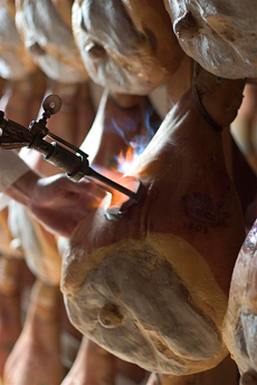Niche Travel Design has been nominated for The Liebster Award!
I was nominated by A World in Reach for this peer award. For a somewhat new blogger like me, this is a special treat. It’s always a great feeling to be recognized by your peers. Thank you, Sydney and A World in Reach.

What is the Liebster Award?
The Liebster Award is a peer to peer award, given to bloggers, by bloggers as a way to foster collaboration and support. What a nice idea.
I noticed a message board in my German friend’s house that said “liebe und respekt.” I asked what liebe or liebster meant. She told me it means dearest or kindest. Thus, bloggers being dear and kind to one another. This is an award I can get behind. I am always seeking advice from others and I am happy to promote the idea of collaboration. I strongly believe in the theory that what you give comes back to you.
The Rules of Engagement
Once you’re nominated with the Liebster Award, you have to follow a few rules to celebrate your win and spread the award throughout the blogging community.
1. Thank the person who nominated you, and put a link to their blog on your blog.
2. Display the award on your blog.
3. Write a small post about what makes you passionate about blog posting.
4. Provide 10 random facts about yourself.
5. Answer the questions from your nominator and provide a fresh set of questions for those you nominate.
6. Nominate 5 – 10 blogs that you feel would enjoy blogging about this award.
7. List these rules in your post.
How I Began My Blogging Journey
I began blogging when I first moved from California to Parma, Italy in 2011.
When my daughter was a toddler she frequently made up words that sounded similar to the adult versions. She would say strawbellies instead of strawberries; froggy instead of foggy. One of the words she transposed was Parmesan. In her toddler mind, Parmesan cheese was Purple John cheese. For years our family asked each other to pass the Purple John cheese at the dinner table.
Imagine our surprise when we realized that we were moving to Parma, Italy – the birthplace of Purple John cheese. Apparently, the universe has a sense of humor. It seemed like serendipity. What we did not know is that an international move is difficult. Life in another country is difficult. It is not all adventure. I had 2 very sad children who did not want to move and leave the comfort of their home.
[dropshadowbox align=”none” effect=”lifted-both” width=”auto” height=”” background_color=”#ffffff” border_width=”1″ border_color=”#dddddd” ]Read about the reality of an international move here.[/dropshadowbox]
All that being said, life in Italy was often quite funny because things were soooo different than what we were used to. Thus, my original blog, Purple John, began by me just telling friends about the difficulties and the funny stories that we encountered along the way.
[dropshadowbox align=”none” effect=”lifted-both” width=”auto” height=”” background_color=”#ffffff” border_width=”1″ border_color=”#dddddd” ]Read funny stories about life in Italy in the drop-down menu here. [/dropshadowbox]
And of course, just when we were settled into life in Italy, the universe struck again and we had a second move to Malmö, Sweden. Once we moved and settled into Malmö, I toyed with the idea of reworking my past experience as a travel consultant and incorporating the blog as part of the business. The kids were older and they did not need me as much as they did in Italy. This last year I began my existing blog Niche Travel Design using my name and domain name from the travel business that I ran in the USA. So now my travel business has a blog attached to it.
My blog still occasionally includes funny ex-pat tales of excitement and woe, but now I am more focused on the business of travel. The funny thing, though . . . that little toddler that inspired my first blog name, she now works with me on the business.
At Niche Travel Design, our philosophy is that designing the perfect vacation is as much an art form as designing a home’s interior or a garden’s landscape. We curate a unique experience for each of our clients.
We are experts in finding the best cup of coffee, the most interesting art gallery, the best place to sip Prosecco while watching the sunset, and the best accessories to make your adventure more comfortable.
Niche Travel Design is more than a travel blog. We are a community featuring stories of life abroad, cultural experiences, recipes, ideas, and tips for creating unique memories to last a lifetime. We also recommend products and services.
10 Random Things About Me
- I once sort of crashed a funeral. My friend was supposed to go and I was staying with her so I went too because it was celebrity filled. In the end, I felt like a heel and a looky-loo. People (even celebrities) were grieving. I don’t recommend it. Not my best moment.
- I always top off my gasoline, despite the warnings.
- I love Gene Kelly movies and I got to meet him once and had a conversation with him about his more obscure movies. It was amazing and he was so kind.
- I am secretly a Carpenters fan. I guess it is not a secret anymore.
- I sing all the time in public even though I really shouldn’t.
- I once got into a car accident on the way home from a car accident and neither one was my fault. I know you don’t believe me, but it is true.
- Apparently, according to my family, I say Google incorrectly? Who knew?
- I hate, I mean really hate, The Pillsbury Doughboy. His voice makes my skin crawl.
- I once stayed at a “pensione” in Barcelona that was actually the host’s children’s room. He was clearing toys out of their bedroom. It was weird, but it was late and there was a train strike so I paid to sleep in a stranger’s kid’s bed.
- I generally don’t like chick flicks despite being a chick. I seem to be missing a gene or something.
A World In Reach’s Questions For Me
What is the most important lesson you’ve learned during your travels? That once one strips away all the cultural differences, we are all the same. We all just want safety, family, friends, love, and respect in our lives.
What’s your favorite part of traveling? Exploring and learning about a place. Finding off the beaten path things to do. I am a researcher and enjoy the discovery of new things to do, a great local restaurant, a specialty shop, an unusual experience in a typical tourist spot. Least favorite? The getting there bit. The airports, etc. Ugh.
Do you collect any souvenirs from your travels? I used to collect art from each place but now I have too much. I had to stop. No more room to hang anything. We have also always collected ornaments for our Christmas tree. It is nice to remember our trips as we put up each ornament every year. Now I collect photographs and memories.
What is the most unique experience you’ve had with a local while traveling? Swimming with horses in Croatia. Just incredible.
[dropshadowbox align=”none” effect=”lifted-both” width=”auto” height=”” background_color=”#ffffff” border_width=”1″ border_color=”#dddddd” ]Read more about swimming with horses here. [/dropshadowbox]
If you could travel with one person you’ve never traveled with before, who would it be? Barack Obama. He is intelligent, funny, has done some cool stuff and met a bunch of interesting people. I’ll bet he has good stories. Plus, he gets V.I.P. treatment and if we were traveling together I’d get V.I.P. treatment too.
How did you come up with your blog name? It was the name of my travel business in the USA. I focus on niche, unique, unusual travel experiences. I curate and design your trip for you.
What tip would you give to a new blogger? Learn all the technical stuff before you begin.
Is there a book or a movie that has inspired your wanderlust? No. My wanderlust was developed as a child. Actually, I feel like it has always been there.
What are the top 3 things on your bucket list? Africa – all of it! Australia/New Zealand and Asia.
What is your biggest travel regret? I had a chance to go to Africa for a summer. I didn’t go because it wasn’t practical. I should have gone.
My Nominations for The Liebster Award
I have really enjoyed the Liebster Award process. I also enjoyed reading about each of these bloggers that I am nominating. I hope that you each take the time to read up on what they have to offer.
1. Divine Kabwe at beingyourselfblog.wordpress.com
2. Diana Danciu at ourblindlife.com
3. Jenny Toney Bhatia of travelingpartyof4.com
4. Temeka Flack Green of worklifemommyhood.com
5. Heather Eyre of thefemalefactor.me
6. Jamie Joseph of wearefreeindeed.wordpress.com
7. Samantha Norman of SammiNormanFit.com
8. Louise Emerson of 12books.co.uk
9. Mallory Herrera of mamaonparade.com
10. Megan Henderson of thehendersonhouse.org
Questions For My Nominees
Since I have a travel blog, my questions are all about travel.
- Where would you go if money and time were not issues?
- What is the best advice you would give to new travelers?
- What is the one accessory that you cannot travel without – your phone and/or computer don’t count?
- Where is one place you would return over and over again? And why?
- Where is one place you’ve been but never want to return to? And why?
- What is the funniest travel mishap you’ve had?
- What is the scariest travel experience you’ve had?
- What is your favorite travel souvenir?
- What is your favorite local cuisine?
- What is your next destination?
Looking forward to reading my nominees’ answers and getting to know them better.
And once again, a BIG THANK YOU to A World In Reach for my nomination!
Everyone, please be sure to check out Sydney’s blog for ideas on budget travel. A World In Reach can provide you with all sorts of ideas on traveling on a budget.









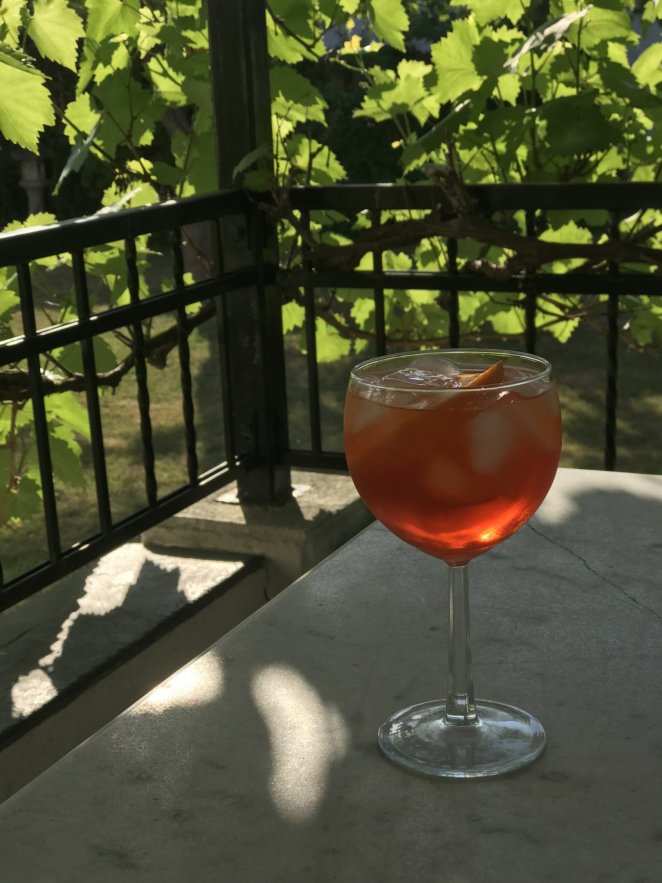

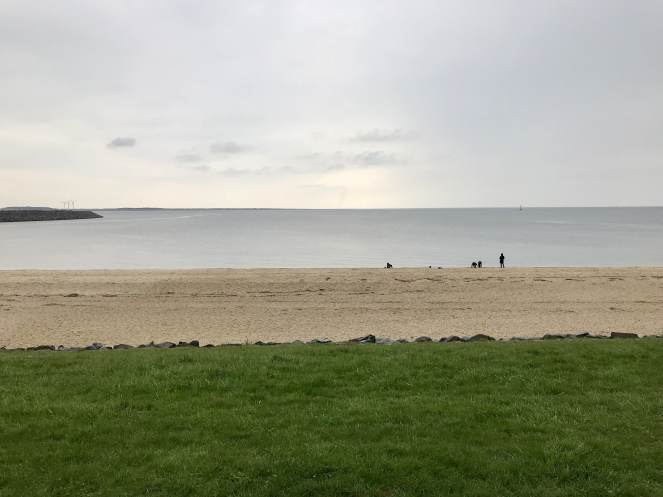
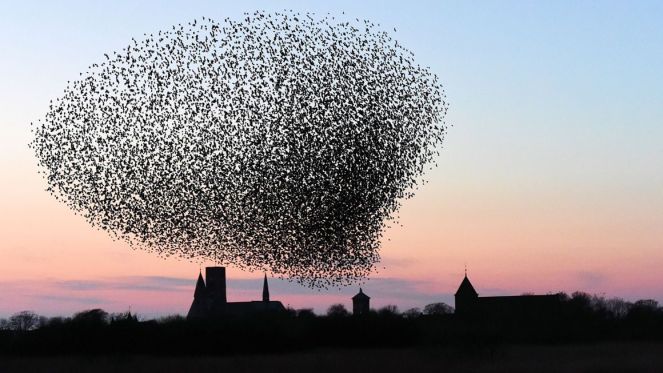



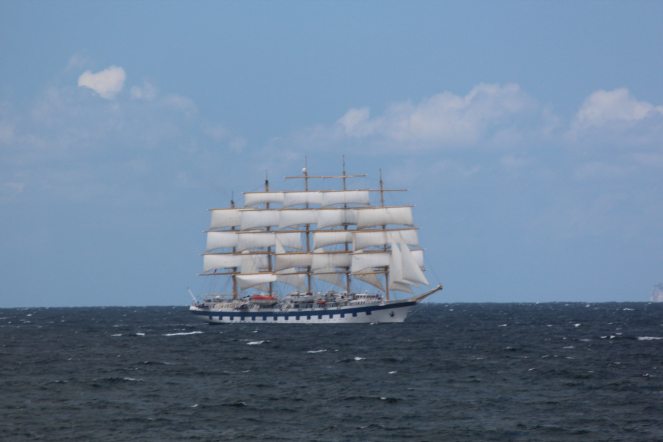



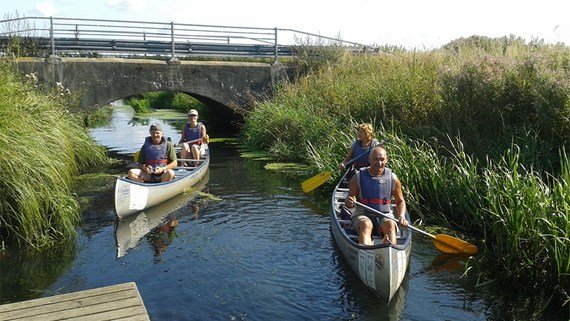
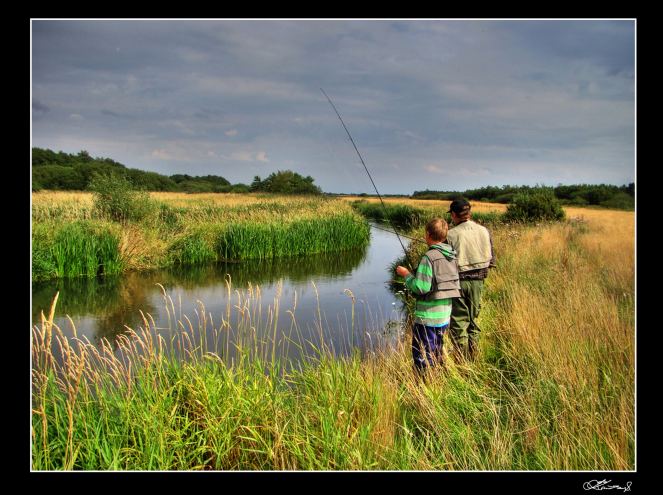
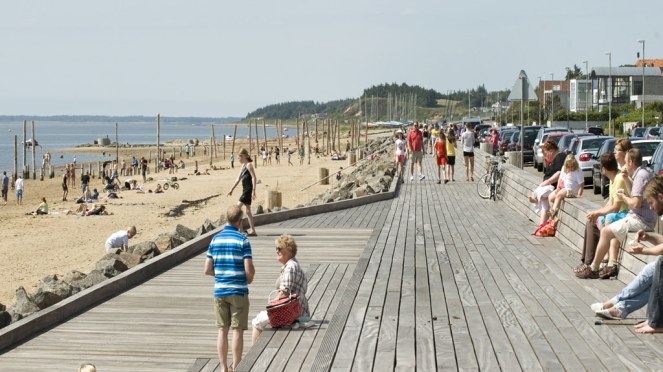
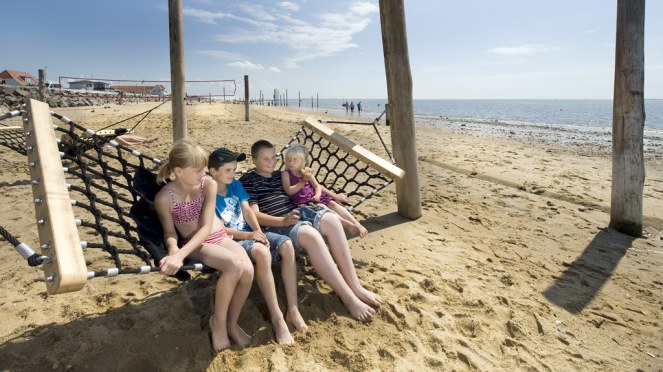





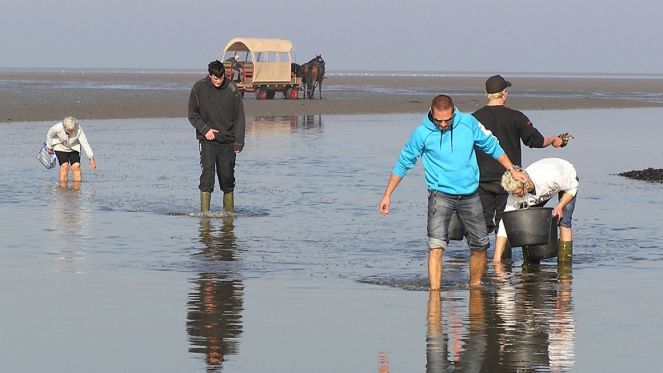
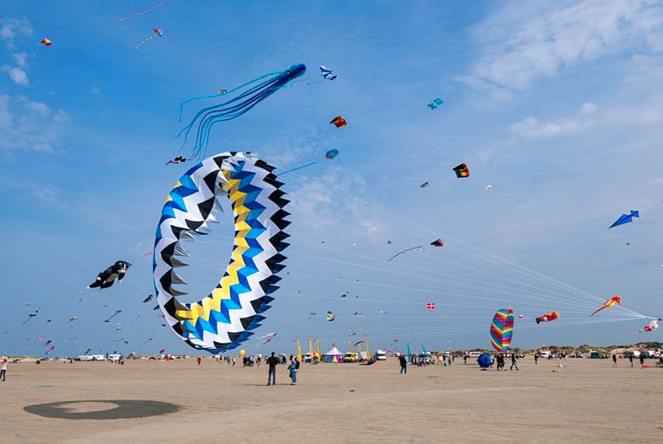
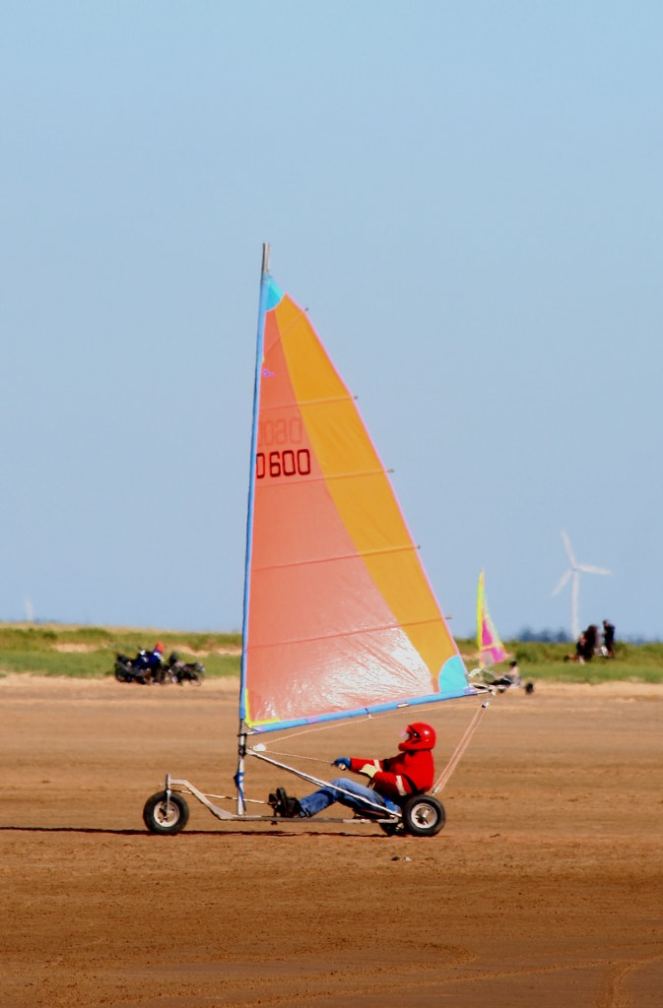
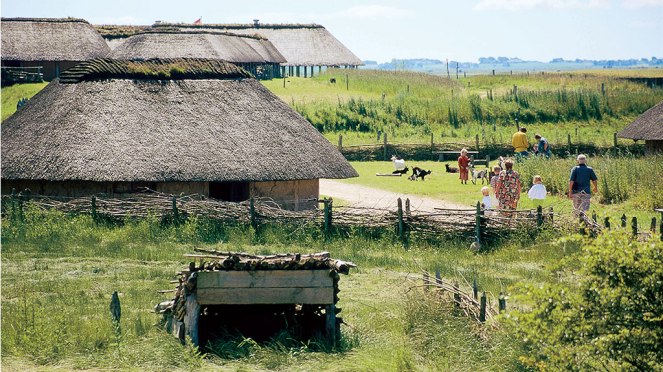
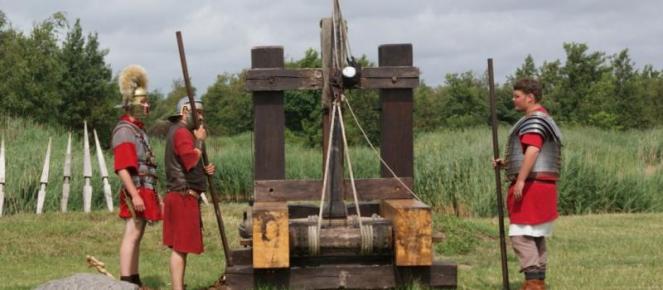
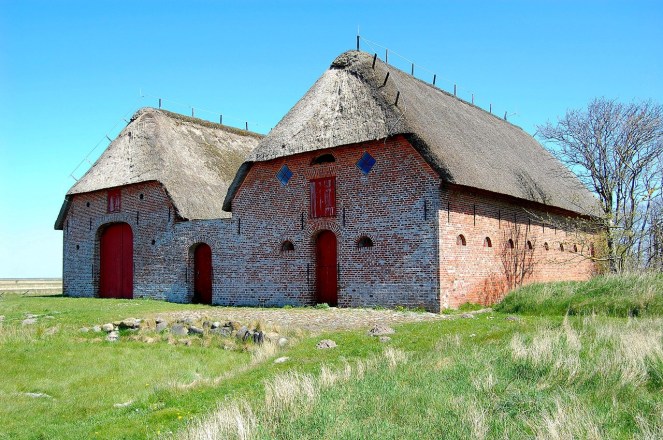
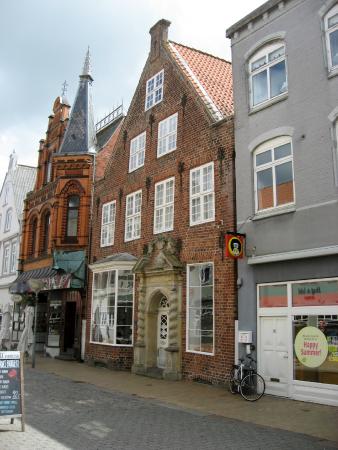
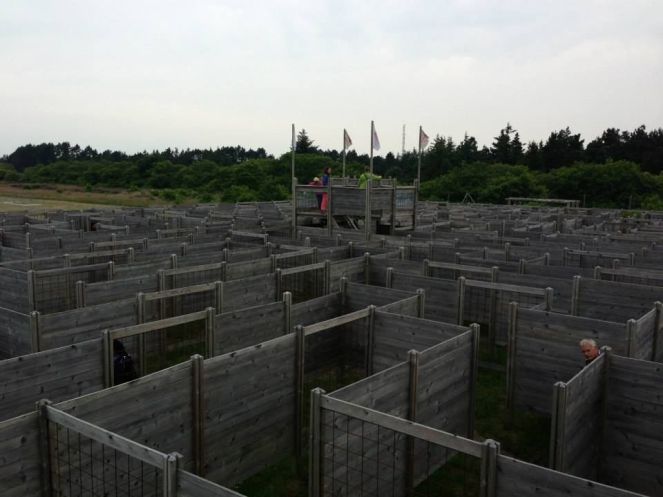
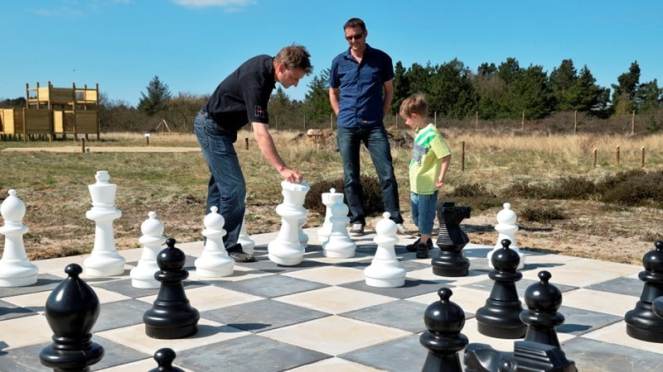
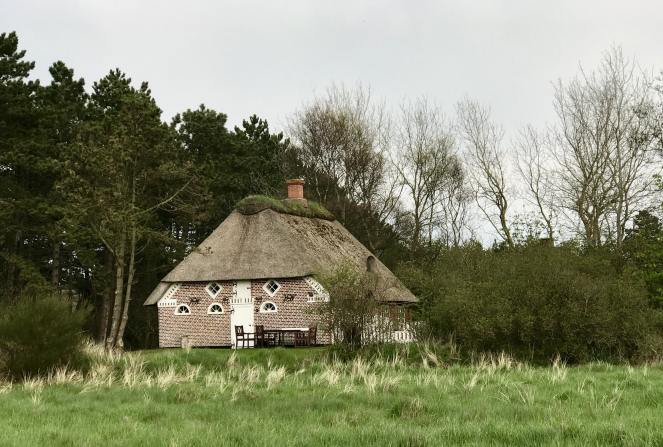
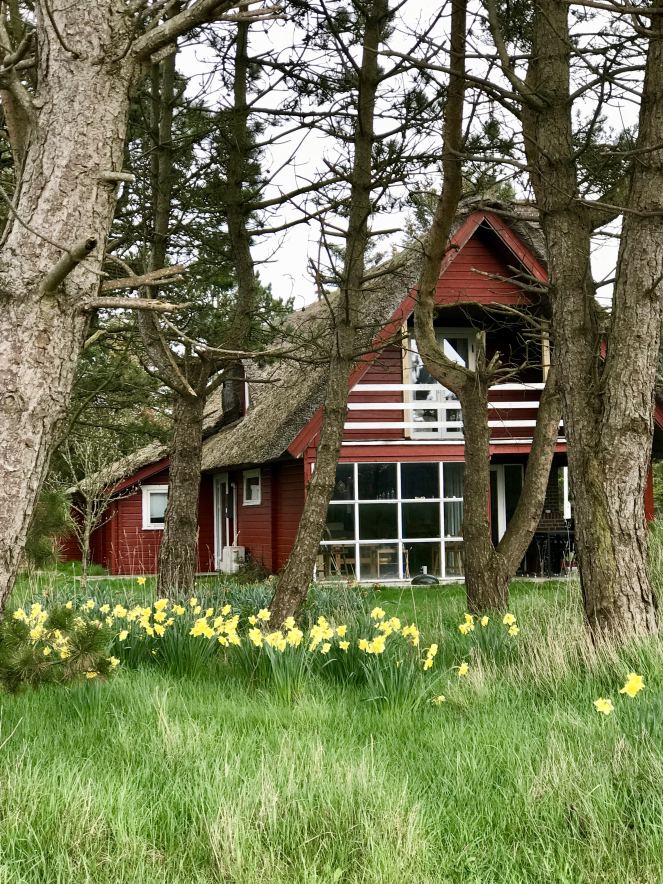
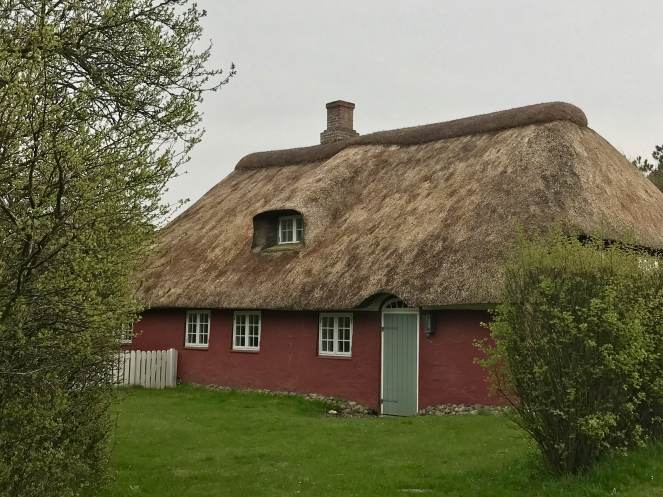
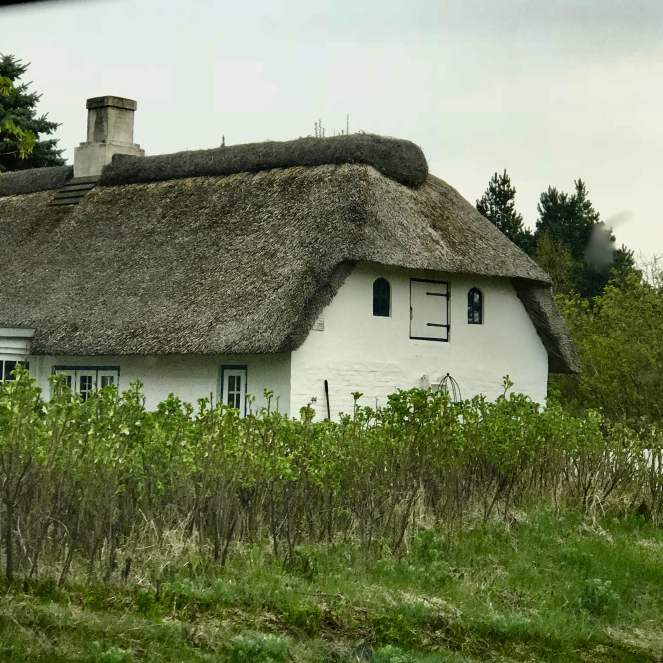

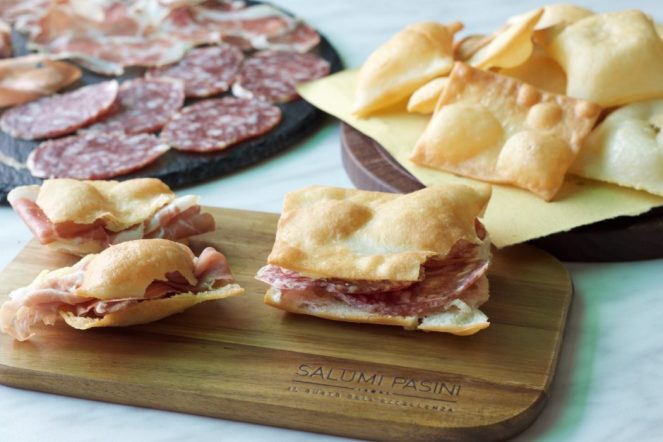
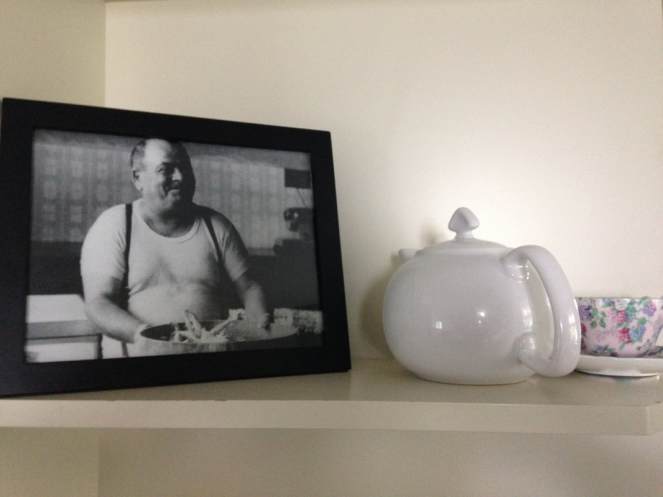
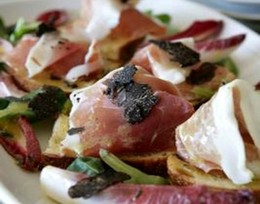


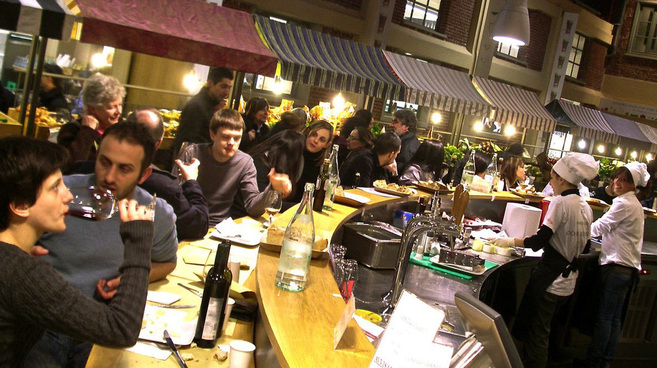
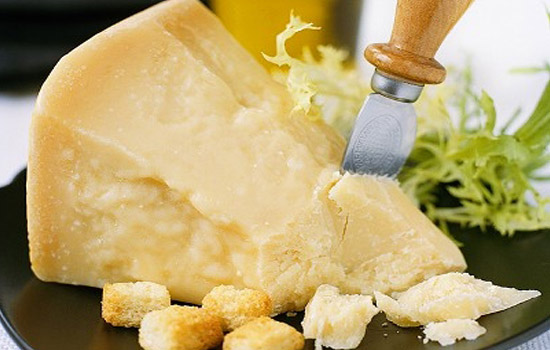
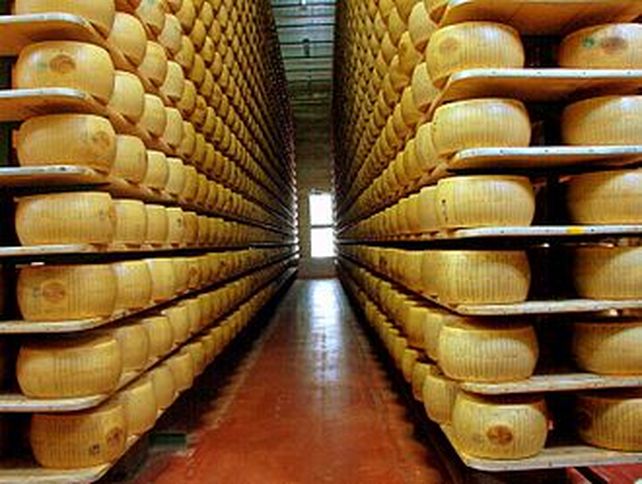
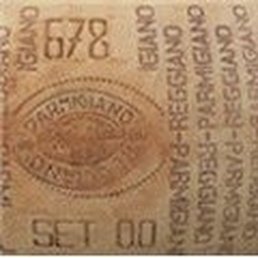 Further, Parmigiano-Reggiano bears a special seal identifying it as authentic. A stenciled seal indicates which dairy the milk came from, the month and year of production, and a code indicating the length of aging.
Further, Parmigiano-Reggiano bears a special seal identifying it as authentic. A stenciled seal indicates which dairy the milk came from, the month and year of production, and a code indicating the length of aging.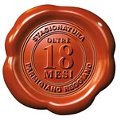 The red seal indicates that the cheese has aged for more than 18 months. The Consorzio describes the red seal cheese as having a “distinctive milk base, with vegetable notes such as grass, cooked vegetables and at times flowers and fruit” and they recommend that it is served “with aperitifs, and in particular dry white wines, and as an accompaniment to fresh fruit such as pears and green apples.” Kinda’ sounds like a description of a wine doesn’t it?
The red seal indicates that the cheese has aged for more than 18 months. The Consorzio describes the red seal cheese as having a “distinctive milk base, with vegetable notes such as grass, cooked vegetables and at times flowers and fruit” and they recommend that it is served “with aperitifs, and in particular dry white wines, and as an accompaniment to fresh fruit such as pears and green apples.” Kinda’ sounds like a description of a wine doesn’t it?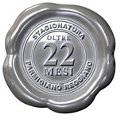 The silver seal indicates cheese that has aged for 22 months. The flavor is “distinctive, with notes of melted butter, fresh fruit and citrus fruits as well as overtones of dried fruit. The cheese has a balanced mild yet full-flavoured taste, with a crumbly, grainy texture. It is an ideal accompaniment to quite firmly structured red wines and excellent when served as Parmesan petals in fruit salad drizzled with Aceto Balsamico Tradizionale di Modena or di Reggio Emilia. This Parmesan may also be served with any dried fruit and is superb with prunes and dried figs.”
The silver seal indicates cheese that has aged for 22 months. The flavor is “distinctive, with notes of melted butter, fresh fruit and citrus fruits as well as overtones of dried fruit. The cheese has a balanced mild yet full-flavoured taste, with a crumbly, grainy texture. It is an ideal accompaniment to quite firmly structured red wines and excellent when served as Parmesan petals in fruit salad drizzled with Aceto Balsamico Tradizionale di Modena or di Reggio Emilia. This Parmesan may also be served with any dried fruit and is superb with prunes and dried figs.”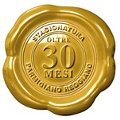 The gold seal indicates cheese that has aged for 30 months or more. This cheese, has the highest nutritional value and has a dry, crumbly, at times, grainy texture. It has the strongest flavor. “For such a distinctive cheese, full-bodied, firmly structured red wines, white dessert wines from partially dried grapes and sipping wines are ideal.”
The gold seal indicates cheese that has aged for 30 months or more. This cheese, has the highest nutritional value and has a dry, crumbly, at times, grainy texture. It has the strongest flavor. “For such a distinctive cheese, full-bodied, firmly structured red wines, white dessert wines from partially dried grapes and sipping wines are ideal.”



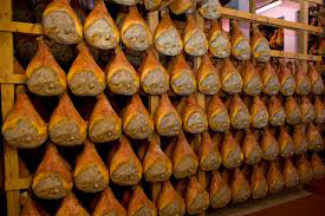
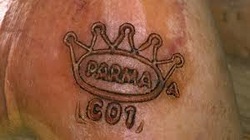 By law ham bearing the name Prosciutto di Parma may only be produced and cured in and around the countryside near Parma, Italy. And, only Italian pigs are allowed. Each step in the production, from the breeding of the pigs to the final packaging is controlled by the Istituto Parma Qualità (I.P.Q.). Only the I.P.Q. has the authority to brand the finished ham with the seal of Parma’s five-pointed crown, indicating that the meat has cleared the rigorous standards required in production.
By law ham bearing the name Prosciutto di Parma may only be produced and cured in and around the countryside near Parma, Italy. And, only Italian pigs are allowed. Each step in the production, from the breeding of the pigs to the final packaging is controlled by the Istituto Parma Qualità (I.P.Q.). Only the I.P.Q. has the authority to brand the finished ham with the seal of Parma’s five-pointed crown, indicating that the meat has cleared the rigorous standards required in production.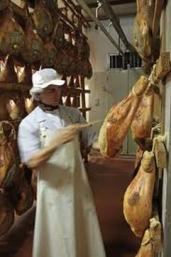 To begin the curing process, the legs are salted by a professional salt master or “maestro salatore.” The “first salt” uses two types of salt depending on the portion of the leg. After salting, the leg is refrigerated (1°C – 4°C) at a humidity level of 80% for a week. The “second salt” occurs after the week of cold hanging. After the second salting the leg hangs in cold storage for another 15 to 18 days depending on the size and weight of the leg. Salt is the only preservative allowed. No chemical additives. No nitrates. No sugar. No water. Only salt.
To begin the curing process, the legs are salted by a professional salt master or “maestro salatore.” The “first salt” uses two types of salt depending on the portion of the leg. After salting, the leg is refrigerated (1°C – 4°C) at a humidity level of 80% for a week. The “second salt” occurs after the week of cold hanging. After the second salting the leg hangs in cold storage for another 15 to 18 days depending on the size and weight of the leg. Salt is the only preservative allowed. No chemical additives. No nitrates. No sugar. No water. Only salt.